The long-term vision of the J&K IT Department is to build a citizen-centric, inclusive, transparent, and efficient digital governance ecosystem. In an exclusive conversation, Dr. Piyush Singla, IAS, Secretary, Department of Information & Communications Technology, Government of J&K, explains to Nisha Samant, Associate Editor, APAC Media, the digital contours of both the flagship e-governance services and the 100+ new services launched in J&K.
What is the long-term vision of the IT Department of J&K for digital transformation in the UT? How does this align with the national Digital India programme?
The long-term vision of the J&K IT Department is to build a citizen-centric, inclusive, transparent, and efficient digital governance ecosystem. Through the Digital Jammu and Kashmir programme, the UT aims to deliver all G2C services through a unified digital platform. This aligns seamlessly with Digital India by promoting digital infrastructure, e-Governance services on demand, and digital empowerment of citizens.
How is the UT leveraging emerging technologies like AI, blockchain, and cloud computing in governance?
J&K is leveraging emerging technologies in governance through:
- AI: DigiSahayak Chatbot (AI-based), AI fraud analytics in GST, predictive weather analytics for farmers (Kisan Khidmat Ghar).
- Cloud: Services are hosted on the J&K State Data Centre.
- DigiLocker integration: This is the first system in India to integrate water, electricity bills, and MGNREGA job cards.
What steps are being taken to ensure cyber security, data privacy, and digital safety for citizens and government infrastructure?
- Security audits have been conducted for 144 out of 166 eligible websites.
- 78 inactive websites removed, 20+ training sessions conducted.
- Cyber Jagrookta Diwas is regularly observed for awareness.
- CERT-IN compliance ensured for hosting and audit.
- Over 200 officers trained via NIELIT Jammu/Srinagar in cyber hygiene
- 2-day CCMP workshop conducted at SKICC.
What are the flagship e-Governance services currently being run by the UT, and what has been their citizen impact?
We would like to highlight a few key platforms and assess their impact:
- e-UNNAT Portal: 1212 services integrated, >84.6 lakh applications processed.
- Mobile Dost App: 1212+ services, 45,000+ downloads.
- MyGov J&K: 105,400+ registered users.
- DigiLocker: 110 services integrated.
- RTI Portal: Over 71,000 online payments.
- EPM Portal: 1.87 lakh govt employees registered.
- RAS Feedback: >138 lakh feedbacks, 86.5% satisfaction.
- PSGA Auto-Appeal: 750,000+ appeals processed with 96.6% disposal rate.
Can you shed light on the implementation of the Jammu & Kashmir Startup Policy and incubation ecosystem progress?
- Startup and innovation are being supported through initiatives like JKEDI and predictive analytics tools (e.g., for agriculture).
- Skill-based mobile surveys and youth-oriented platforms (e.g., Mission YUVA, JK Rozgar Portal) support the ecosystem.
- Establishing a Centre of Excellence on Emerging Technologies.
J&K recently launched over 100 services online. What mechanisms are in place to ensure quality, grievance redressal, and uptime of these services?
- RAS (Rapid Assessment System) is used for service feedback.
- Services integrated with e-payment, UMANG, DigiLocker, and Meri Pehchaan.
- Auto-Appeal System under PSGA ensures escalations.
- Monitoring of service uptime and delivery through dashboards and analytics.
What are the key challenges the IT Department faces in implementing digital initiatives in J&K?
- Connectivity in remote regions: Being addressed via BharatNet and 4G saturation projects
- Security & awareness gaps: Countered via CERT-IN guidelines, training, and audit drives.
- Legacy systems and inter-departmental integration remain areas of continued improvement.


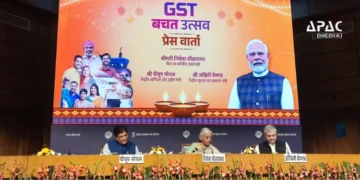

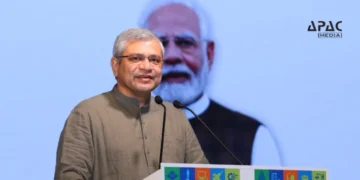




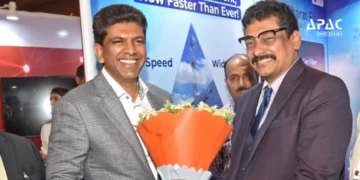

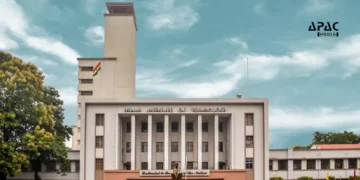
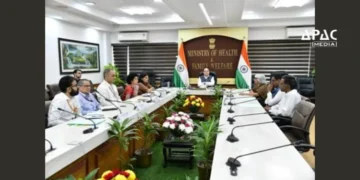


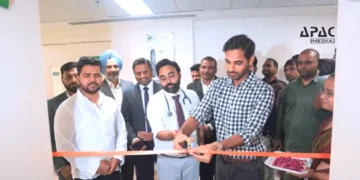


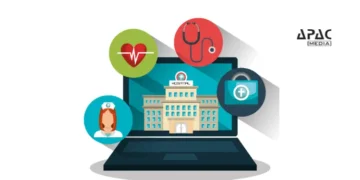
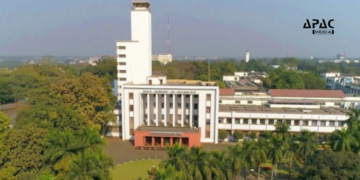

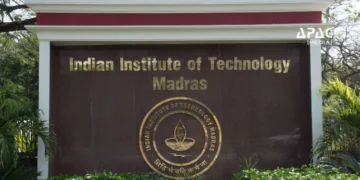

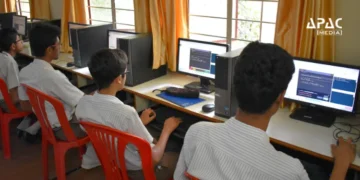
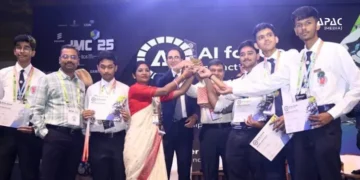
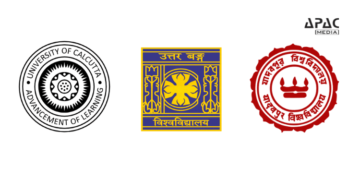

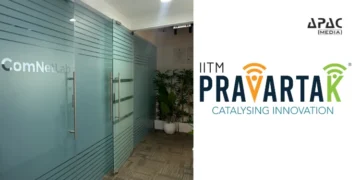



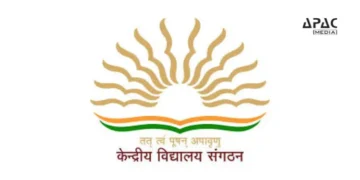

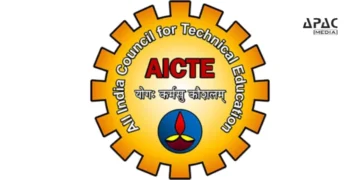

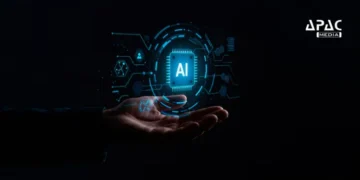
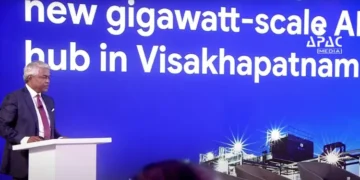

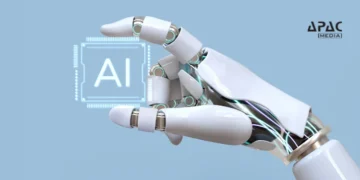



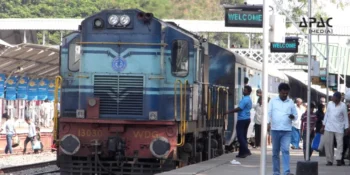
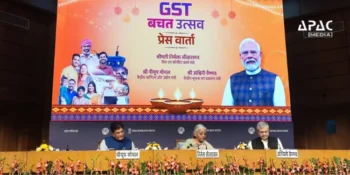



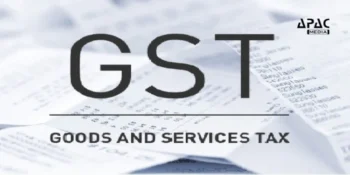







Discussion about this post